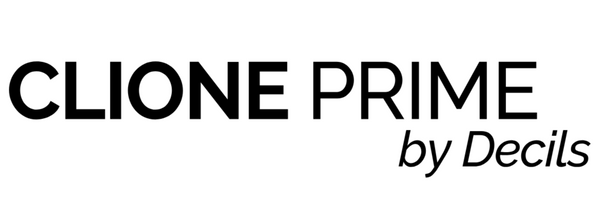How Do Different Eyelash Glues Impact Your Lash Extension Application?
With eyelash extensions, people can easily create longer, fuller lashes without using mascara or fake eyelashes, which has completely changed the cosmetic industry. The craze for lash extensions stems from its capacity to amplify natural beauty, give the appearance of young, and simplify everyday beauty regimens. For those looking for a stylish and low-maintenance way to enhance their appearance, lash extensions have become a popular alternative, whether for special events or regular usage.
Understanding Eyelash Adhesives
The adhesive used to attach the synthetic extensions to the natural lashes is essential to the success of any lash extension application. There are several different types of eyelash adhesives; the most popular type is cyanoacrylate-based. These adhesives are renowned for their powerful binding strength and rapid drying times, which guarantee long-lasting results. But when choosing an adhesive for lash extension treatments, it's crucial to take things like sensitivity and fume levels into account.
Cyanoacrylate-Based Adhesives
The lash extension industry uses a lot of cyanoacrylate-based adhesives because of their great binding strength and quick-drying composition. These adhesives guarantee lifespan and durability by forming a strong link between synthetic extensions and natural lashes. However, there are hazards connected to cyanoacrylate-based adhesives that clients and lash artists should be aware of, like irritation or allergic reactions.
Low-Fume Formulas
Many glue makers have created low-fume compositions in response to growing concerns about the fumes released during lash extension operations. To make the application process more comfortable for both the client and the lash artist, these adhesives are designed to minimize the discharge of potentially irritating vapors. Without sacrificing binding strength or longevity, low-fume solutions provide a safer option for anyone with sensitivities or respiratory problems.
Sensitive Adhesive Formulations
Sensitive adhesive formulations eliminate harsh chemicals and include hypoallergenic components to cater to customers with extremely sensitive skin or eyes. These adhesives are appropriate for people with sensitivities or allergies because they are made to reduce the possibility of negative reactions like redness, itching, or swelling. Sensitive adhesives provide comfort and peace of mind to customers with sensitive skin or eyes, even if they might take a little longer to dry than typical solutions.
Application Techniques
Achieving perfect lash extension results requires using the right application techniques. Before applying extensions, lash artists must make sure the lashes are completely cleaned and separated for maximum adhesion and durability. For accurate lash extension insertion and alignment, it's also essential to comprehend the adhesive's consistency and drying duration. An evenly distributed glue should be simple to apply, not clumping or running, and produce a smooth, natural-looking finish.
Client Consultation and Patch Testing
Important phases in the lash extension procedure include thorough client consultation and patch testing. Lashing artists must evaluate the client's needs, preferences, and any known allergies or sensitivities during a thorough consultation before beginning any application. Before applying the full amount, a patch test on a small section of the skin or lashes enables the identification of any possible negative responses. This particular phase is crucial when dealing with consumers who have sensitive skin or while utilizing novel adhesive compositions.
Safety Precautions
During lash extension procedures, it is crucial to ensure the safety and comfort of the customer. To reduce the risk of infection, lash artists should follow stringent hygiene procedures, such as washing their hands properly and sanitizing their workplaces and tools. Furthermore, extending the life of lash extensions and reducing the possibility of problems can be achieved by giving clients aftercare guidelines and suggestions.
Longevity and Maintenance
To extend the life of lash extensions and guarantee that they stay in ideal condition, proper maintenance is necessary. To stop premature shedding, clients should stay away from oil-based cosmetics, excessive wetness, and pulling or rubbing their lashes. To maintain a full and voluminous lash look, schedule touch-up appointments every two to three weeks to help fill in any gaps.
Key take aways
The success and durability of lash extension treatment are greatly influenced by the adhesive selection. Both lash artists and customers can have a flawless lash extension experience that improves natural beauty with confidence and peace of mind by learning the subtleties of various eyelash glue formulas and following to precise application practices. In the realm of lash extensions, safety, comfort, and beautiful results come first, regardless of the glue type chosen—sensitive, low-fume, or cyanoacrylate-based.
